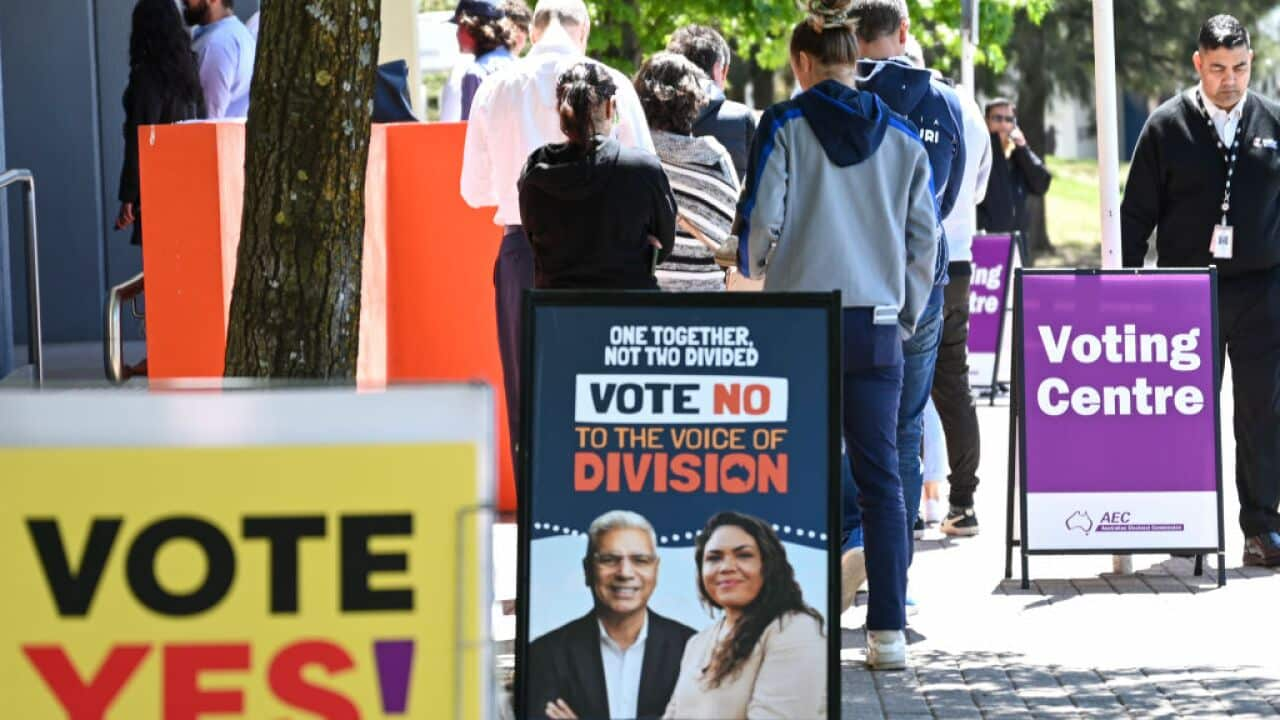There was a time when the people of Western Australia were so sold on leaving Australia, they held a state referendum to get a sense check - and the majority of people voted 'yes'.
But despite sustained efforts to separate from the rest of Australia, WA could not pull off "WAxit" to create "Westralia" (yes, both of those are real terms used over the years).
And the idea of seceding from the rest of Australia was not a one-off fantasy. It's entrenched in WA's history - even before federation - and the state almost didn't join Australia to begin with.
Western Australia had reservations about federation
Before discussions of secession, there was a conversation over whether WA really wanted to join in the formation of Australia.
When talks were ramping up about uniting the British colonies in the 1890s, WA and Queensland were concerned federation would give NSW and Victoria an advantage over other states.
Around that same time, the discovery of gold in WA meant the state was enjoying rapid economic growth, and questions were raised about whether federation was really in its best interest.
There were concerns about the loss of autonomy, the state's geographical remoteness affecting its perceived importance, as well as potential negative effects on its booming economy.
WA was so on the fence about joining the federation (which came into being in 1901) that it's omitted from the preamble of the Constitution, which lists "the people of New South Wales, Victoria, South Australia, Queensland, and Tasmania" uniting as "one indissoluble Federal Commonwealth."
WA is mentioned elsewhere in the constitution, though, as one of the states of the Commonwealth of Australia.

The Dominion movement's flag for 'Westralia', if it were to ever secede.
Weeks after the Australian constitution was made law in Britain, Western Australia held a referendum to vote on it - other states had already done this. WA's vote was 69 per cent in favour, compared with an average of 75 per cent in favour for the other states.
"It joined largely because of the votes of the people on the gold fields rather than the people in Perth," Twomey said.
"So it was basically people who had come from other Australian colonies to follow the mining, who were the ones that tipped it over the edge."
One big hesitation to federation was the difference in how WA generated revenue, compared to the other states.
"Western Australia had, prior to federation, relied almost entirely on taxes on goods known as an excise as its form of revenue. Most of the colonies on the east coast of Australia had had a mixed variety of revenue," Twomey said.
In 1906, when the exemption on its different tax system expired, WA's Legislative Assembly said federation had "proved detrimental to the interest" of the state.
It called for a referendum to assess public support to withdraw from the Commonwealth. Not much happened... this time.
The 1933 referendum
The closest WA ever came to secession was in 1933. The secession movement grew in support after a Dominion League, which was essentially a lobby group, formed to drive the cause. Again, discussion on tariffs seemingly disadvantaging Western Australia during the Great Depression had mounted concerns.
WA held a referendum, and 66 per cent of respondents voted to leave the Commonwealth.
But actually implementing this sentiment was unsuccessful.
At the time, it was unclear how this secession could be done - the Australian constitution did not contemplate states seceding from the 'indissoluble state', and the constitution was also enshrined in an act of the UK parliament.

A photo of the Dominion League in 1934. Credit: State Library of WA
In 1935, a Joint Select Committee of the British Parliament concluded that the petition couldn't be acted on because the British Parliament no longer had jurisdiction over Australia due to the 1931 Statute of Westminster — unless it was the request of the entire Commonwealth of Australia.
In other words, the only legal path to secession would be a successful national referendum where a majority of voters in the majority of states would have to agree to dissolve the union, just as they agreed to create it in the Federation referendums.
And that would never happen, Twomey said, as "the Commonwealth (of Australia) was opposed to the secession of any state."
The dream of the 'Republic of Western Australia' or 'Westralia' lives on
While the movement is not as popular as it used to be, the idea of secession re-emerges every so often.
A political party called 'WAxit' is campaigning for Western Australia to secede or, at the very least, become a financially independent state.
In 2017, a group of Western Australian Liberals successfully passed a motion to look into the prospect of secession. The most recent attempt stemmed from the gripe around how GST and other federal tax revenues are divided between the states.
And while this motion was watered down from total secession to financial secession, much like the previous attempts, it also went nowhere. '
Stay informed on the 2023 Indigenous Voice to Parliament referendum from across the SBS Network, including First Nations perspectives through NITV.
to access articles, videos and podcasts in over 60 languages, or stream the latest news and analysis, docos and entertainment for free, at the




